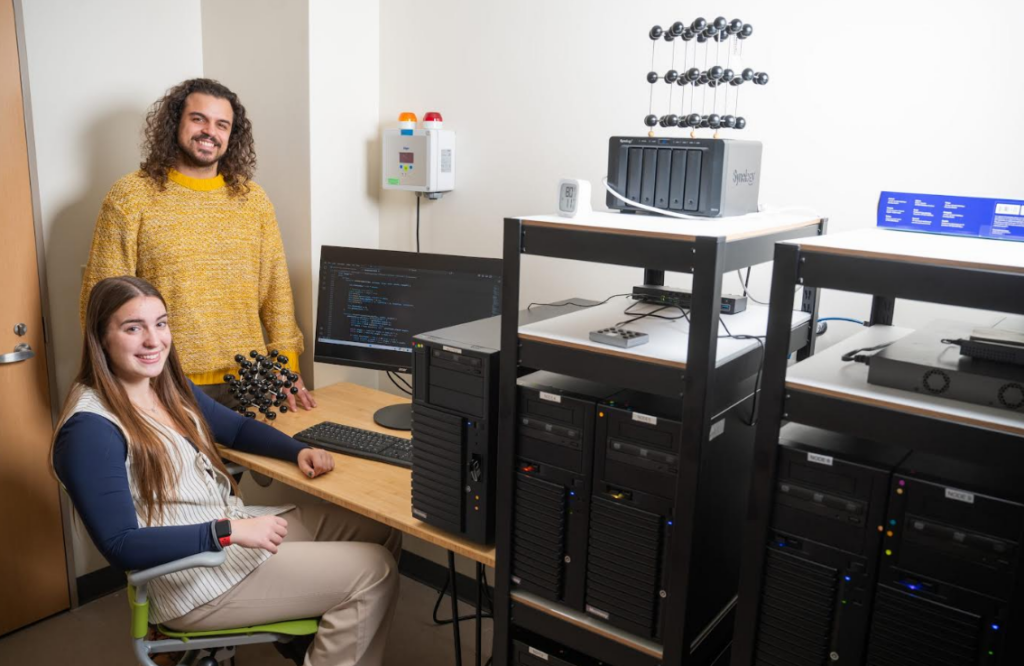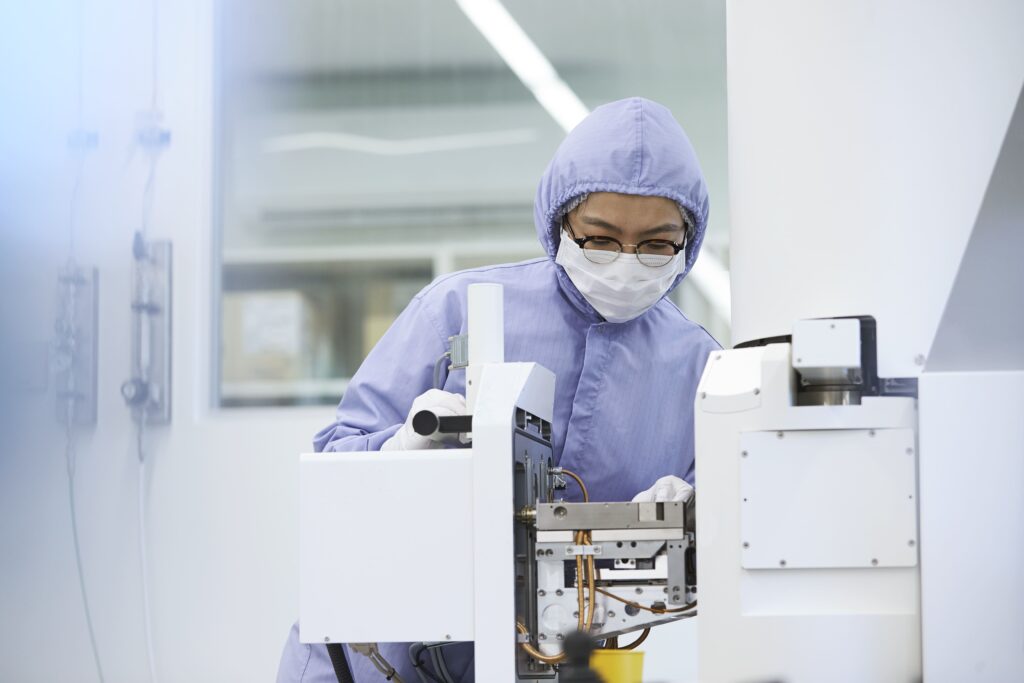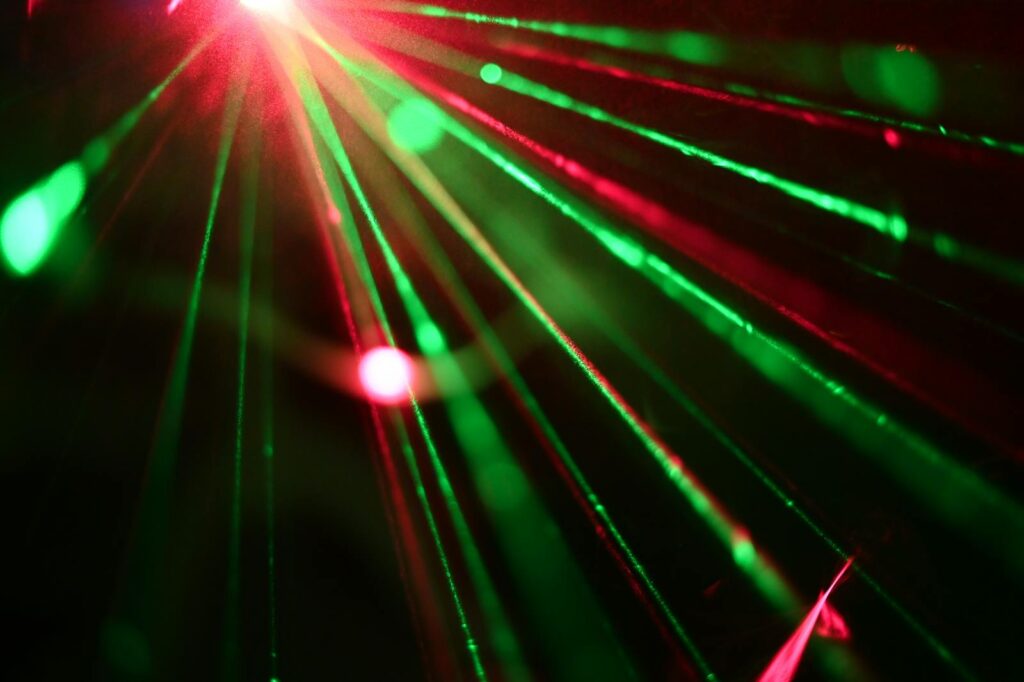Insider Brief
- An international research team has achieved the first demonstration of quantum memory in the hard X-ray range, marking a significant advancement in X-ray quantum technologies.
- The breakthrough, led by Dr. Ralf Röhlsberger and including Dr. Olga Kocharovskaya, involved storing and releasing X-ray pulses at the single-photon level using a frequency comb formed by nuclear absorbers.
- This research opens new avenues for quantum memory development in the X-ray spectrum and could enable future advancements in quantum information processing, such as entanglement between hard X-ray photons.
Light is a powerful carrier of information, essential for both classical communication and emerging quantum technologies like quantum networking and computing. However, processing light signals, particularly in the X-ray range, presents unique challenges compared to more common electronic signals.
Addressing these challenges, an international team of researchers, including Dr. Olga Kocharovskaya from Texas A&M University, has made a significant advance. Led by Dr. Ralf Röhlsberger from Helmholtz Institute Jena, the team has successfully demonstrated the storage and release of X-ray pulses at the single-photon level. This achievement marks the first realization of quantum memory in the hard X-ray range, a concept originally proposed by Kocharovskaya’s group.
Their work, conducted at synchrotron sources PETRA III in Germany and the European Synchrotron Radiation Facility in France, represents a substantial advancement in X-ray quantum technologies. Published in Science Advances, the findings open new avenues for the development of quantum memory in this challenging spectrum.

“Quantum memory is an indispensable element of the quantum network, providing storage and retrieval of quantum information,” said Kocharovskaya, a member of the Texas A&M Institute for Quantum Science and Engineering, who elaborated on the importance of this work, explaining that while photons are fast and robust carriers of quantum information, “it is difficult to hold them stationary in case this information is needed at a later time.” The solution, she noted, lies in imprinting this information into a quasi-stationary medium, allowing for its later retrieval through re-emission.
The team’s innovative protocol relies on a frequency comb formed by a set of moving nuclear absorbers. These absorbers re-emit absorbed photons with a delay, a process driven by constructive interference.
“The direct extension of the optical/atomic to X-ray/nuclear protocols proves to be challenging or impossible,” explained Dr. Xiwen Zhang, a postdoctoral researcher in Kocharovskaya’s group. “Thus, a new protocol was suggested in our earlier work.” Zhang added that this protocol was successfully realized in their current experiment, which featured “one stationary and six synchronously moving absorbers that have formed a seven-teeth frequency comb.”
Looking forward, the team aims to explore the on-demand release of stored photon wave packets, a development that could enable entanglement between hard X-ray photons — a critical resource for quantum information processing. This research not only advances the field of X-ray quantum optics but also paves the way for extending quantum technologies into the short wavelength X-ray range, unlocking new possibilities for the future of quantum science.

















